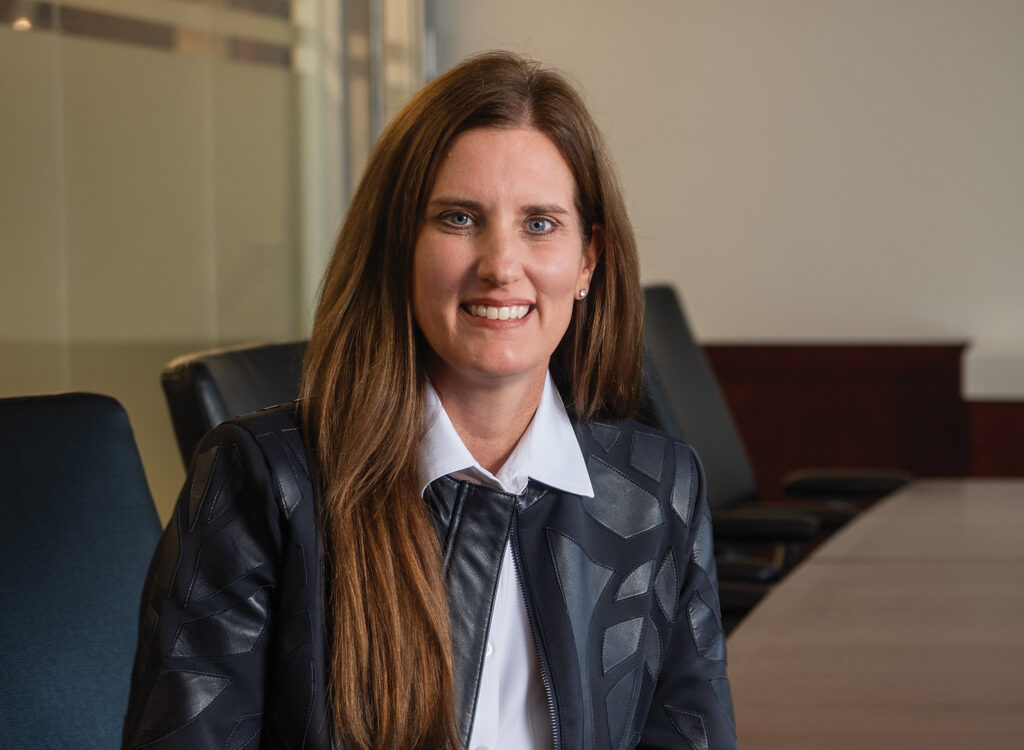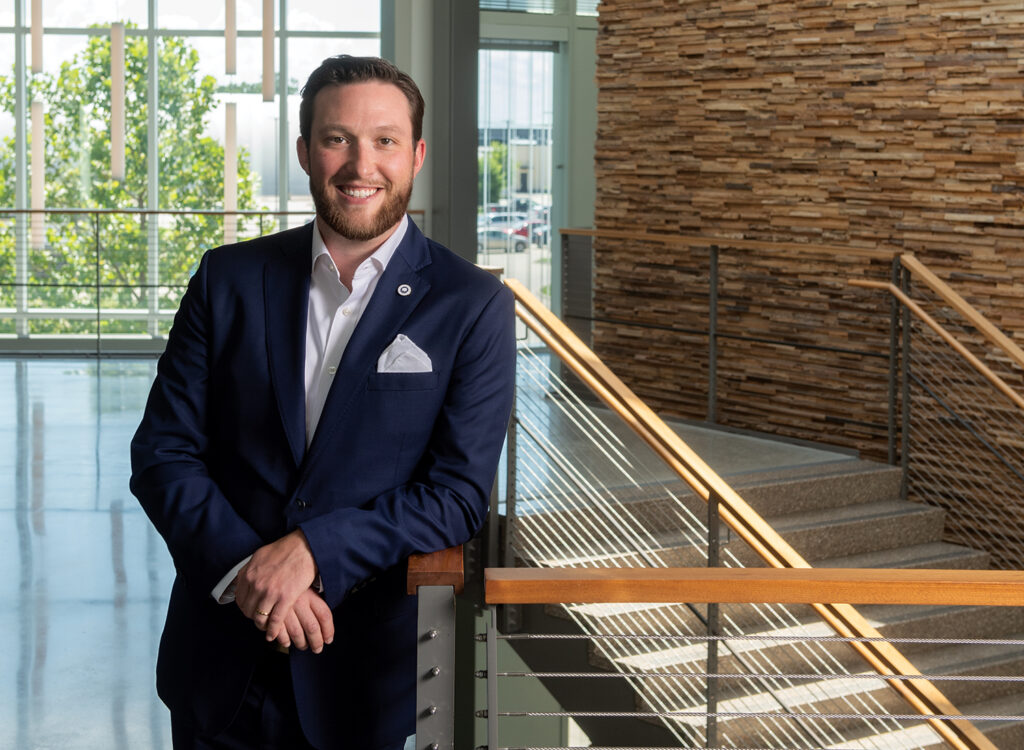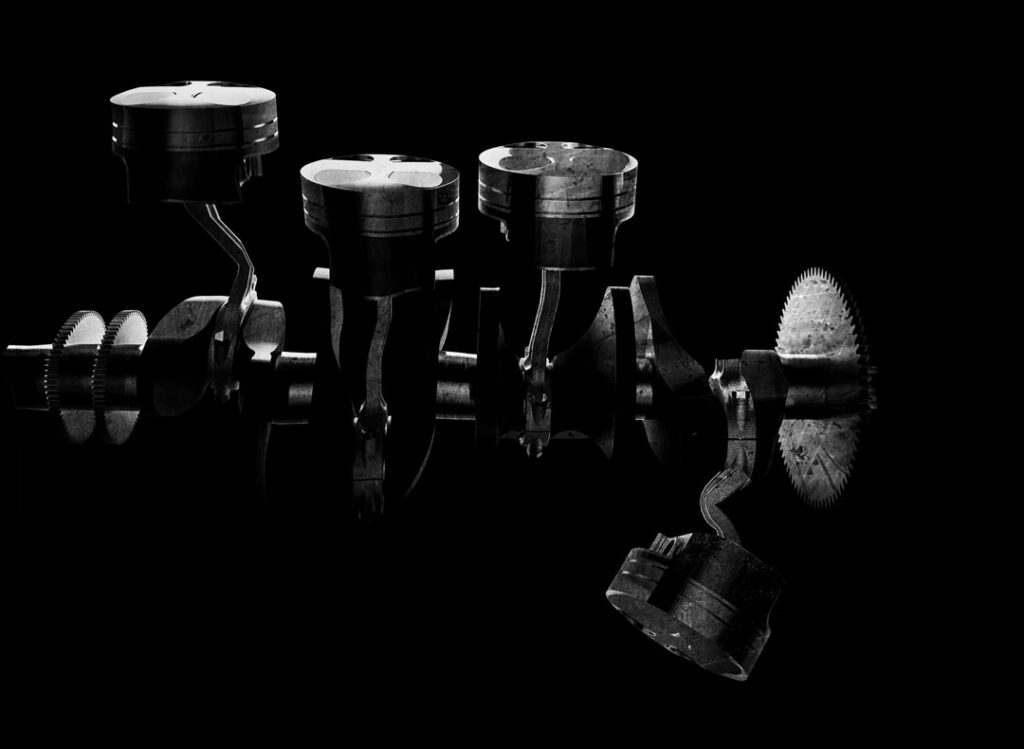NOTEBOOK: Scorched: Heat changes real estate world

PERRY BEEMAN Aug 28, 2019 | 9:05 pm
1 min read time
318 wordsBusiness Record Insider, Energy, The Insider Notebook
The Urban Land Institute, a real estate professional group with a branch in Iowa, recently released “Scorched: Extreme Heat and Real Estate.” The national group’s Katharine Burgess, vice president of urban resilience, was in town recently for a Tomorrow Plan presentation and shared the report.
The report notes that heat is “the most widespread and deadly weather-related hazard in the United States.”
But less has been written about how climate change and the heat that has come with it affects real estate holdings and building plans.
“Extreme heat also has the potential for long-term impacts on local economies and consumer market preferences,” the report noted. “In response, U.S. real estate developers, designers and policymakers increasingly acknowledge the consequences of extreme heat and are seeking solutions to make buildings, neighborhoods, parks and outdoor spaces more adaptable to environmental conditions and comfortable for occupants.”
Often, that means using reflective, light colors on building facades, ensuring lots of shade, using better stormwater management, and smart systems that adjust heating and cooling to stabilize indoor temperatures, even when the power is out.
Developers are right in the middle of this. “The built environment is ultimately both a contributor to and a solution for extreme heat, especially in cities, and presents numerous opportunities for mitigation and adaptation at the building and neighborhood scales.” That work — managing shade, for example — is likely to pick up as heat makes more people sick, causes more roads to buckle and becomes a more obvious problem, the report said. At this point, “designing for extreme heat is an emerging issue that is not yet mainstream in many U.S. markets.”
One example of when heat was considered, according to ULI: construction of a 125-foot-tall shade sail at the Arizona State University Innovation Center. The iconic structure anchors a 42-acre development — and helps cool things off in a very hot area.









